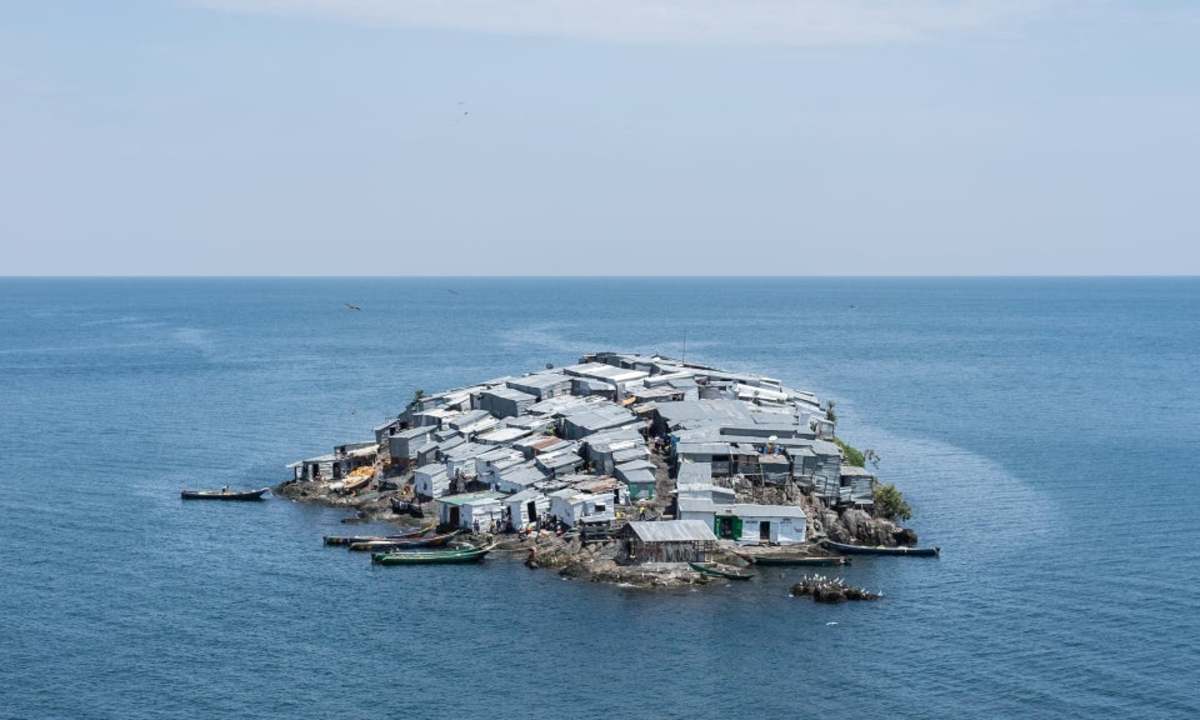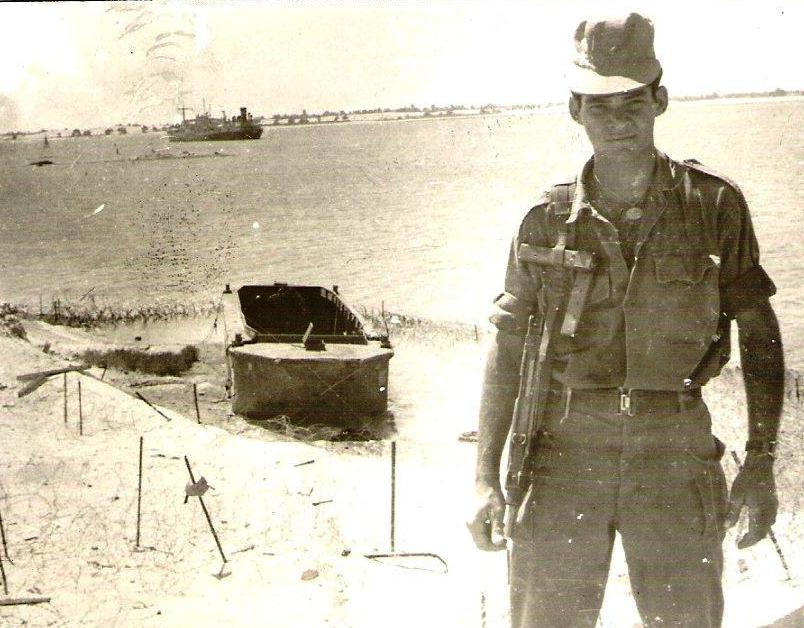Today, we journey to the intriguing port town of Muynak, nestled between Kazakhstan and Uzbekistan. At first glance, Muynak may seem like a typical small town, but its story is anything but ordinary. This once-thriving fishing hub now finds itself stranded in the desert, with the nearest water source over 100 kilometers away. So, how does a town built around the sea, littered with ships, find itself in such a desolate place?
If you search for the Aral Sea online, you’ll come across images of a vast desert. This transformation is as strange as it is tragic. While the disappearance of large bodies of water is not entirely unique, the case of the Aral Sea is fairly unique. In the 1960s, it was considered the fourth-largest lake in the world, a vibrant ecosystem akin to Africa’s Lake Victoria. The Aral Sea was a lifeline for Muynak, providing food and resources to its residents. As the lake began to dry up, people started to leave in search of better opportunities. Yet, the town itself remained, with ships and boats still docked, not in water but in sand, slowly rusting away.

Muynak was once home to over 25,000 people, primarily fishermen and factory workers. It was a crucial stopover for naval travelers and fish merchants. However, when the sea receded, the town seemed destined to fade away. Remarkably, it didn’t. Instead, Muynak survived as a stark reminder of what happens when humanity interferes with nature.
So, what happened to the Aral Sea? Covering an area of 68,000 square kilometers (26,300 square miles), the Aral Sea began shrinking in the 1960s after Soviet irrigation projects diverted the rivers that fed it. By 2007, it had dwindled to just 10% of its original size, splitting into four separate lakes.

The lake’s disappearance not only devastated Muynak but also transformed the surrounding area into a desert. The exposed seabed released salt and other toxins into the air and soil, speeding up environmental degradation. This transformation is a perfect illustration of the far-reaching consequences of environmental mismanagement.

Ironically, Muynak now hosts a sea museum in the middle of the desert, a symbol of its maritime heritage and a testament to its resilience. Visitors can walk along the promenade, view the historic ships and small fishing boats, and immerse themselves in the town’s rich history at the museum. This juxtaposition of sea relics against a backdrop of sand is both fascinating and sobering, a visual reminder of the delicate balance between human activity and nature.




